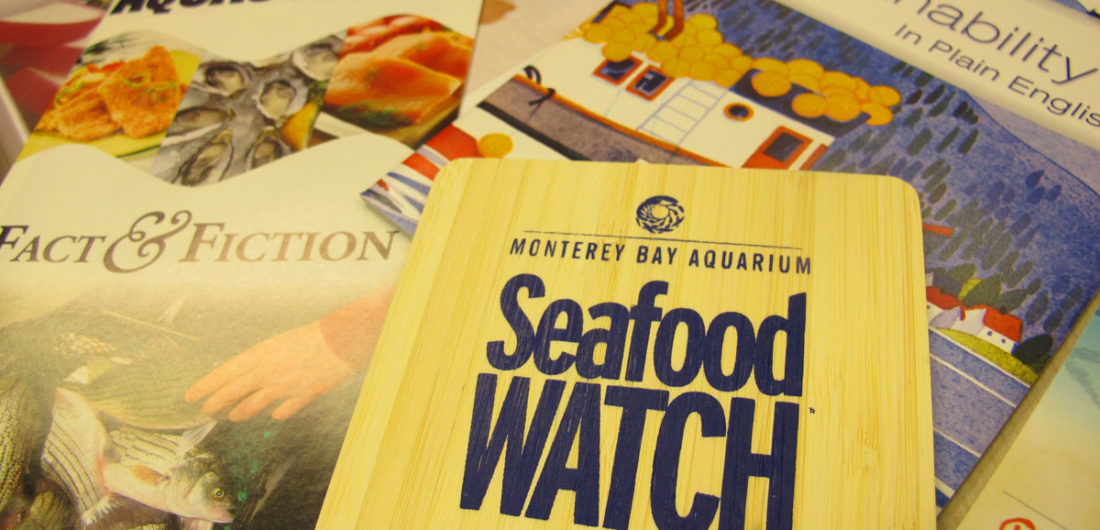“There’s a very simple answer: we need to take bluefin tuna off the market for a few years and let the population come back.”
“We have a bunch of organizations who are seafood fascists, who want to control what we eat through negativity. But the end user continuously hears, ‘You shouldn’t eat this fish. You shouldn’t eat that fish.’ Finally, the consumer doesn’t eat any fish.”
At the Boston Seafood Show, there was at times vehement disagreement over how best to promote seafood and preserve our ocean’s resources. Regulators, chefs, and fishermen clashed in a heated exploration of today’s burning sustainability issues, and although many ideas were tossed out, there were no simple solutions.
Part of the problem is that the world of seafood is very, very complicated. To be an expert in the field, it’s no longer enough to be familiar with the major species of fin fish and shellfish, you also need to know catch methods, the differences between wild-caught and farmed products, different types of aquaculture techniques, the current state of stocks in harvest locations around the world, and more. To further complicate things, the supply chain has become so global that a piece of fish might pass through several hands and ports of entry before landing on your plate. At each of these junctures, there’s potential for mislabeling, improper storage and other errors. Compare this to a herd of cattle—at least you know exactly how the cattle were raised and that they have not migrated around the world!
To make the situation worse, the information that you get is often not the whole story. Fishermen who catch their fish might extol the environmental benefits of wild seafood from open waters (even though those populations may be overfished), while denigrating aquaculture operations for containing antibiotics and hormones. Meanwhile, the National Aquaculture Association publishes a “Fact & Fiction” brochure that states: “In the United States, very few drugs have been approved for use with aquatic organisms. Drugs and hormones are not used to promote growth.” While this is true, what consumers may not realize is that over 80% of US seafood is imported and over half of that is farmed, in countries where regulations may not be as rigorous.
Or take mercury. Many people avoid fish because they worry that it is high in mercury. While some longer-lived species of fish, such as shark and swordfish, do accumulate mercury, you can safely eat many smaller species of fish that are not top-level predators, and thus do not contain mercury. Fish does contain many nutritional boons and aids neurological development, so the National Aquaculture Association recommends that pregnant women and young children eat fish twice a week. But you must be aware of which fish and shellfish are considered low-mercury, and many consumers don’t have time to research that.
In the end, we’re all in this together, and we all want to protect our waters so that future generations can enjoy the sea’s bounty. But the debate on how to better educate consumers and how to best present the seafood industry is still boiling. What tools do you use to make seafood purchases? How do you sort through the mountains of available information? Has confusion about seafood led you to substitute other proteins instead? We’re eager to hear your opinions and learn what we can do to spread knowledge and improve transparency. Let us know!
